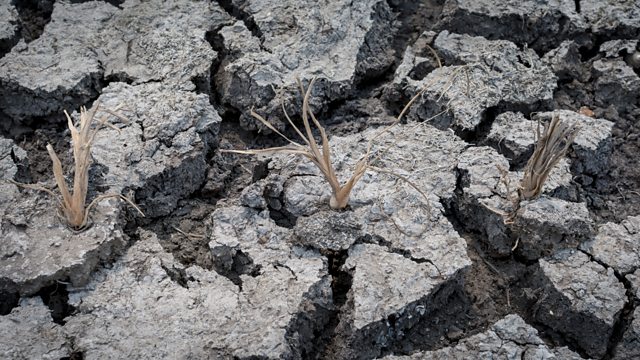
Science when the funding dries up
Roland speaks to researchers and research leaders affected by the UK Government’s cap on Official Development Aid about the consequences for international science collaborations
This week the UK parliament voted to accept the Government’s continued cap on Official Development Aid. This disappointed many researchers around the world, funded directly and indirectly through various scientific funding structures enabling international collaboration on some of the global challenges facing all of us. These funding mechanisms make for a small fraction of the overall amount, but they have been hit hard, with many projects closing altogether.
There had been hope amongst the scientific community that the cap – from 0.7% down to 0.5% of the UK’s Gross Domestic Income – might have been in place just for a year. But it seems like the criteria set to judge when the level of aid might rise again imply that it is unlikely to happen for several years at the earliest.
What, asks Science in Action, does that mean to the world of scientific collaboration on such topics as climate change, contagious disease, and emergency planning?
Researchers Chris Trisos and Jenni Barclay, with journalist Robin Bisson of Research Professional News, update us on the story.
Also, In Zambia, where covid testing remains scarce, a project run by Boston University’s Christopher Gill has been estimating the prevalence of covid in the capital Lusaka by taking nasal swab samples from the noses of around one in five of those recently deceased, in the morgue of a major hospital. Tantalisingly, his team have seen over the last few months a sharp rise in cases to the extent that in June, nearly 90 percent of the cadavers tested positive for covid. But as Chris describes, unrelated to the UK cuts, their funding has now run out, so where the graph leads from here we may not learn for a long time.
Anyone who has ever taken the Christmas lights out of the cupboard, only to discover they’re hopelessly tangled, will sympathise with this week’s listener Eric. He has a 45m garden hose that always seems to snarl up and snag when he waters his garden, and he wonders what he’s doing wrong?
Marnie starts by discovering the important difference between tangles and knots, as she scales a cliff with an experienced climber who explains the way you tie rope is a matter of life and death.
Physicists are also fascinated in how string becomes jumbled up and one man has even won an IgNobel award for his work in this field. Doug E Smith discovered that if you put a piece of string in a box then spin it around, its length, thickness and how long you shake the box for, all determine whether it will tie itself up. Not only that, the more the string becomes twisted, the more likely it is to cross over itself and become impossible to untangle.
While tangles might be annoying in hair or cables, they’re also a fundamental part of human life. Our DNA is constantly folding itself to fit inside tiny spaces – there are two metres of the stuff inside every cell, where it’s packed down tightly, before it must untangle and duplicate for those cells to divide. It does this with the help of specific enzymes, and when the process goes wrong it leads to cell death. But scientists are also studying molecular tangles that might benefit us humans, and creating nano-sized knots that can be turned into nets or meshes with incredible properties.
(Image: Getty Images)
Last on
More episodes
Broadcast
- Sat 17 Jul 2021 23:06GMT����ý World Service
Podcast
-
![]()
Unexpected Elements
The news you know, the science you don't

